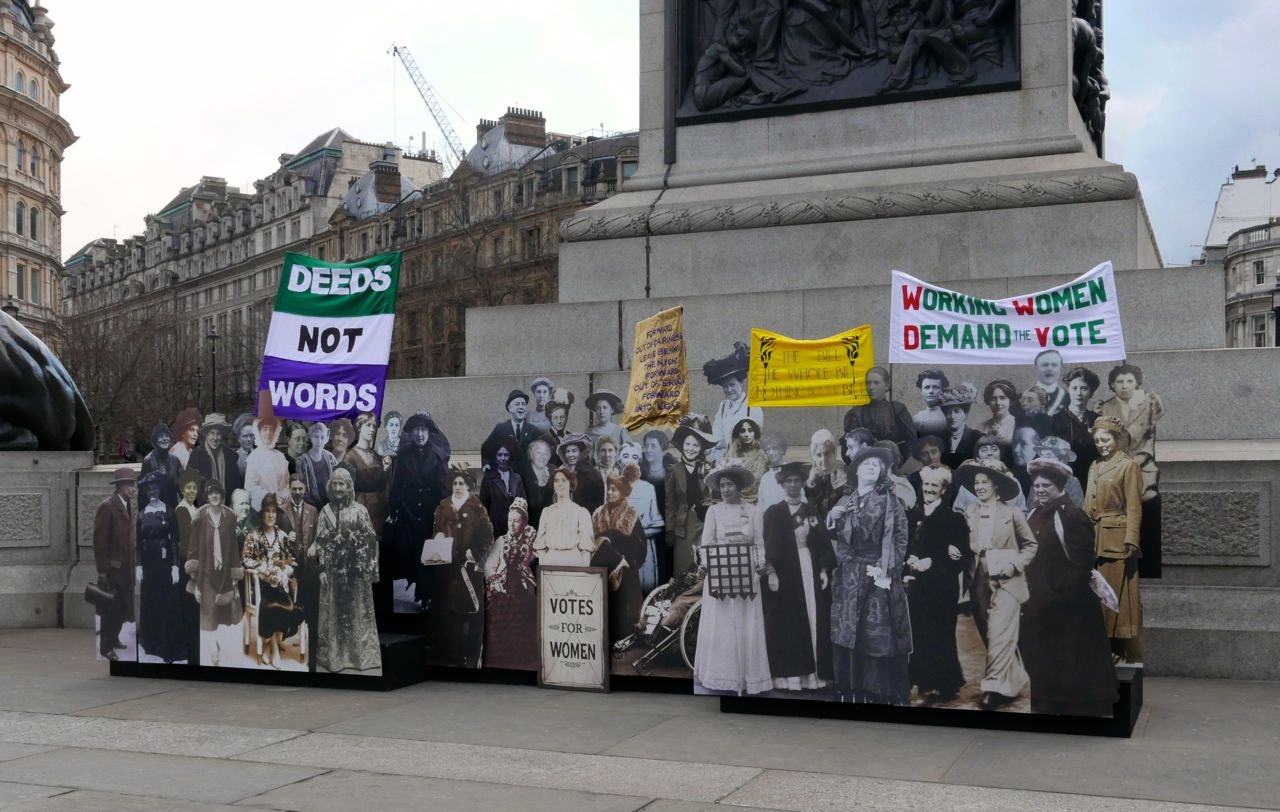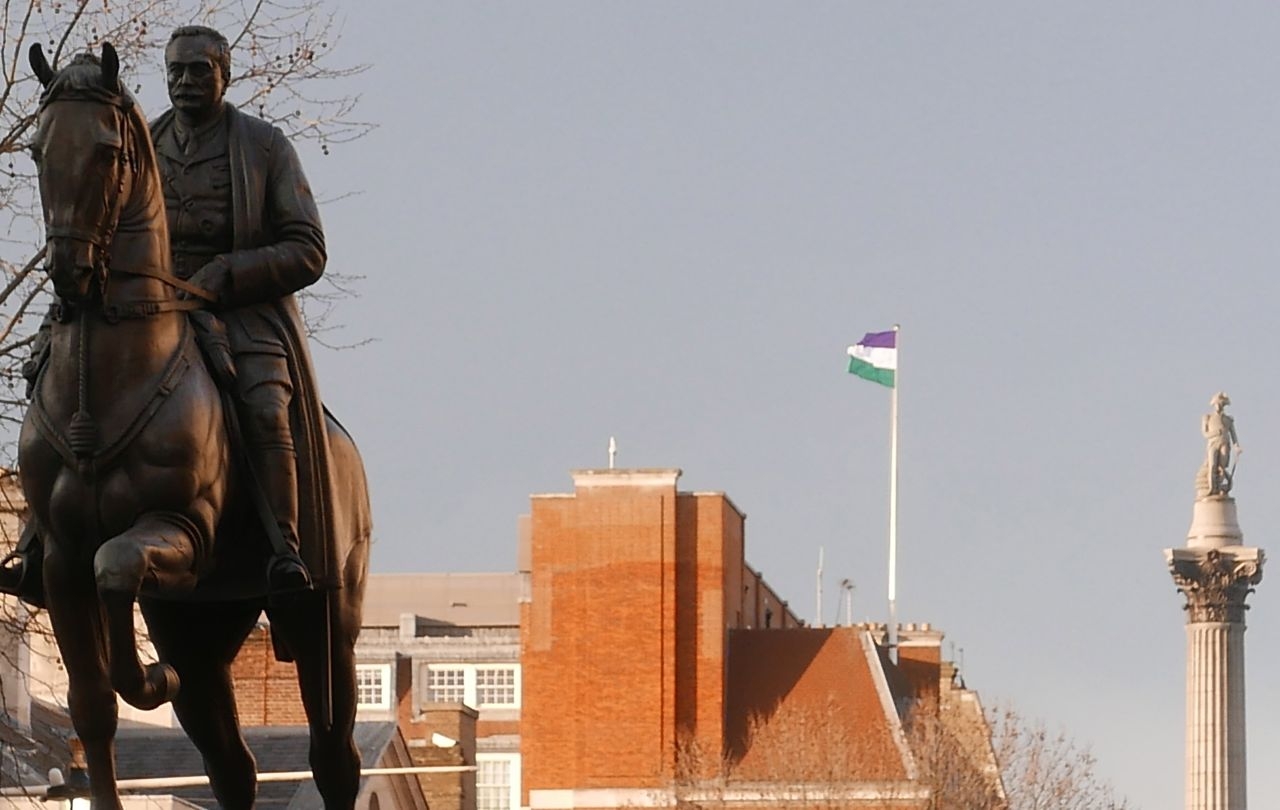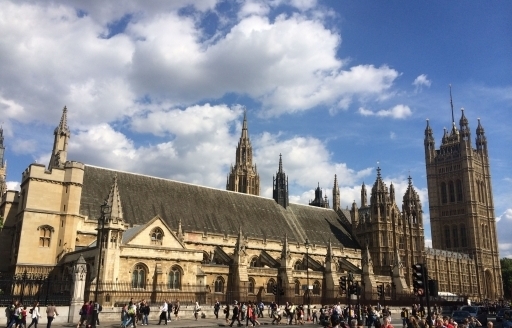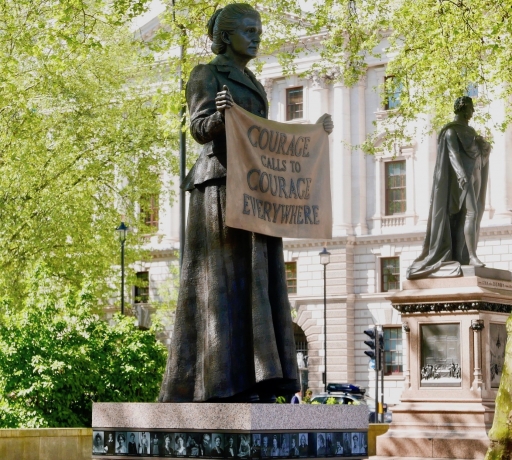Campaigners for women’s suffrage in Britain achieved a victory during the First World War, with some women winning the right to vote in 1918.
The Representation of the People Act, given royal assent on February 6 that year, was the culmination of decades of lobbying by suffragists, and from 1903, more militant protests by the suffragettes who broke away under the leadership of Emmeline Pankhurst.
The legislation extended the franchise to women aged over 30 who met a property qualification.
It was part of reforms which also widened the vote to all men over 21, or from the age of 19 for those in the armed forces, ensuring that the soldiers, sailors and airmen who’d fought for their country could have their say at the ballot box.
Recognition of the need for change grew under the pressures of the war – military, social and political.
“War by all classes of our countrymen has brought us nearer together, has opened men’s eyes, and removed misunderstandings on all sides,” noted George Cave, Britain’s Home Secretary (interior minister) of the day.
 ‘Make a Stand’ : a one-day exhibition in Trafalgar Square on February 6, organised by the Mayor of London, featuring images of 59 campaigners for women’s suffrage (Photo: Centenary News)
‘Make a Stand’ : a one-day exhibition in Trafalgar Square on February 6, organised by the Mayor of London, featuring images of 59 campaigners for women’s suffrage (Photo: Centenary News)
The suffragettes suspended their campaign of direct action when war broke out in 1914.
Women increasingly took on jobs formerly occupied by men who’d left to fight. Many faced the dangers of working in the rapidly expanding munitions factories where accidental explosions were not uncommon.
In the first major loss of female civilian workers, 35 women were killed in a blast at the Barnbow National Filling Factory in Leeds in December 1916.
By 1918, almost a million women were employed in some form of munitions work.
They also served as police officers for the first time and in newly-formed auxiliary branches of the armed forces. The Women’s Royal Naval Service, or WRNS, was founded in 1917 to free up more men for active service at sea.
A leading suffragist, Dr Elsie Inglis, sent her own medical teams overseas to treat wounded soldiers after the British Government brushed aside her offers of support.
 Suffragette flags were flown on Government buildings in Whitehall – In the foreground is the memorial to Field Marshal Earl Haig, Commander-in-Chief of the British armies on the Western Front from 1915-1918 (Photo: Centenary News)
Suffragette flags were flown on Government buildings in Whitehall – In the foreground is the memorial to Field Marshal Earl Haig, Commander-in-Chief of the British armies on the Western Front from 1915-1918 (Photo: Centenary News)
The Representation of the People Act 1918 enabled 8.5 million women over the age of 30 to vote, 40 per cent of the total population of women in the UK. Another 10 years would pass before women over 21 were allowed to vote on the same terms as men.
The wartime legislation also addressed another concern, ensuring that the many troops who’d been serving overseas during WW1 weren’t disenfranchised by an existing requirement for voters to be resident in the UK for 12 months before a general election. Moreover, the pre-war franchise was still restricted for men.
In all, the changes significantly increased the British electorate from eight million before the war, to 21 million.
The first general election under the new franchise was called days after the Armistice, with voters going to the polls in the so-called ‘khaki election’ of December 1918.
It was also the first election in which women were allowed to stand as candidates. Sinn Fein’s Constance Markievicz won a seat in Ireland (then still part of the UK) but as a republican, refused to sit at Westminster.
Nancy Astor was the first woman to take her seat in the House of Commons, winning a by-election in Plymouth in 1919.
Centenary Events

Numerous events are taking place around the UK in 2018 to celebrate the women’s vote centenary, led by Parliament and WW1 cultural programme 14-18 NOW.
Voice and Vote: Women’s Place in Parliament, a free exhibition in Westminster Hall, opens on June 27. Advance booking is essential – details here.
An online course – Beyond the Ballot: Women’s Rights and Suffrage from 1866 to Today – has been launched by Royal Holloway, University of London, in partnership with the Houses of Parliament.
On June 10, women and girls will take part in Processions, a mass participation artwork in Belfast, Cardiff, Edinburgh and London, using the green, white and violet colours of the suffrage movement. The event has been commissioned by 14-18 NOW and is produced by ‘Artichoke’, creators of large-scale public art events.
Votes for Women – a special exhibition now open at the Museum of London.
A new statue commemorating suffragette Alice Hawkins was unveiled in Leicester’s market square on Sunday, February 4.
See also in Centenary News:
From Parsonage to Passchendaele – Kate Luard’s nursing experiences in Flanders, told by her great nephew, Tim Luard.
Her Side of the War – Flanders exhibitions held in 2016-17 remembering women at the Front.
Sources: UK Parliament, The Gazette, Imperial War Museums – IWM, Wikipedia
Images: Centenary News
Posted by: CN Editorial Team
